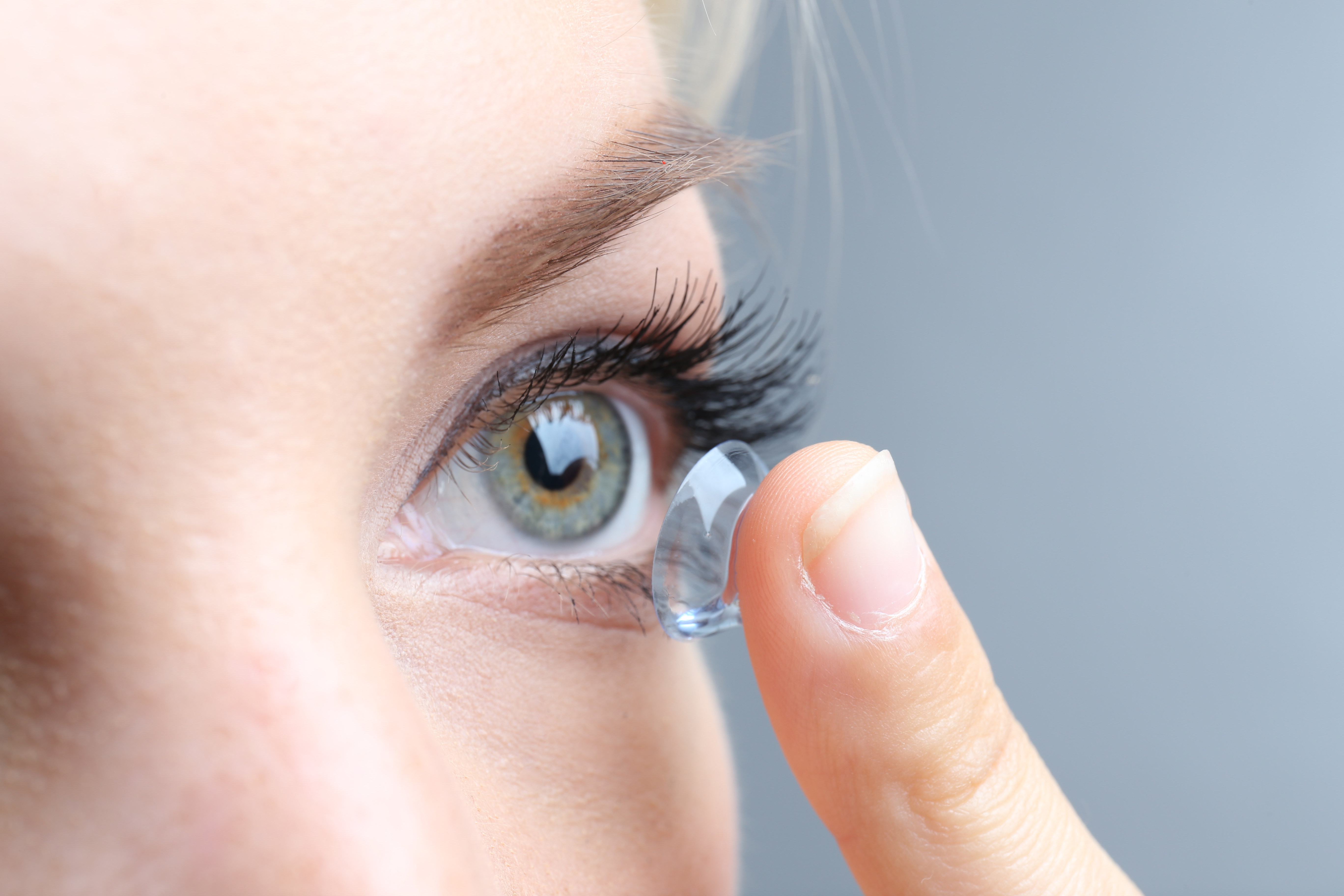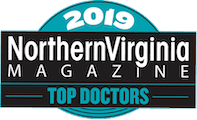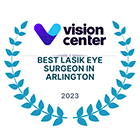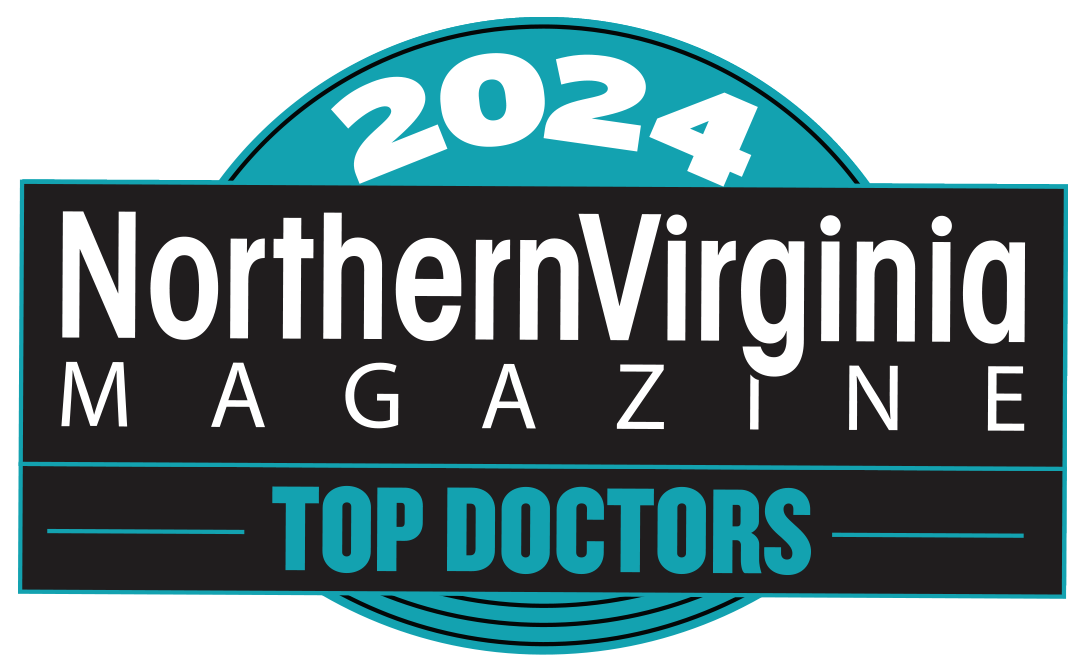
When it comes to vision correction, a popular aid is contact lenses. However, like the shoes you wear, there are different sizes and styles to suit different people. How do you know which one is right for you? Follow these steps to learn how you get contact lenses.
How to Switch to Contact Lenses
1. Schedule An Appointment with Your Eye Doctor
When you schedule your appointment, be sure to let your doctor know you’re interested in contacts. An appointment to get fitted for contacts will take longer than your average eye exam, so giving your doctor a heads up makes sure you’re scheduled for the right amount of time.
2. Eye Exam
During your appointment, you will be given a routine eye exam, plus some additional steps to make sure the contact lenses will fit properly and correctly adjust your vision. These tests will help the doctor determine your lense prescription. Because of the close proximity to your eye, your contact lens prescription and your prescription for glasses will not be the same. The doctor will also check for any eye health issues that may interfere with your ability to wear contacts.
3. Discuss your lifestyle and vision goals with your eye doctor.
Once the optometrist has determined it is physically sound for you to wear contacts, they will discuss your lifestyle and vision goals. Your preferences and reasons behind getting contact lenses will help determine what type of lens will work for you.
Some contacts are meant for only daily wear but others can be disinfected and reused. Extended wear lenses can be worn overnight for a week before needing to be replaced. Additionally, your age of previous vision conditions may play a role in what type of lenses are prescribed to you.
4. Get Fitted for Contact Lenses
The next step involves measuring your eye. Your eye doctor will take precise measurements which includes the curvature of your eye and the size of your pupil. These measurements will ensure the contact lens sits on the eye as designed. One important test that may be performed at this stage is corneal topography. The test results in a map of colors, similar to a topographical map of a mountain range which shows altitude and incline.
4.5. Additional Tests
If your optometrist is concerned about your tear production, they may perform a tear film evaluation. Your eye’s tear film needs to be sufficient in order to support the contact lens, as those with low tear film or chronic dry eye will not be able to wear contact lenses.
5. Test a Trial Pair of Contact Lenses
After being clear of any obstacles to contact lenses, your doctor will fit your with a trial pair of contacts. They will then observe their alignment and movement while you wear them, to ensure they are fitting properly. If it is your first time wearing contact lenses, your eye doctor will also teach you how to insert, remove, and clean your lenses. It may take a few tries, but we promise it will become second nature with practice.
6. Follow Up Appointment
The last step in your initial contact lens transition is a follow up appointment with your optometrist. This will typically occur one week after receiving your trail lenses, and the doctor will work with you to determine if the initial prescription was correct or if adjustments need to be made. If all is well and you still want to receive contacts, then your doctor will write your full prescription.
Living with Contact Lenses
While these are the steps to receiving your first contact lens prescription, they are not the only thing you will need to do to continue with contact lens use. Contact lenses are medical devices that must be cared for properly. You will also have to return for check ups at least once a year to make sure your prescription has not changed. These appointments will also allow your optometrist to monitor any potential conditions that you may not notice.











.png)
